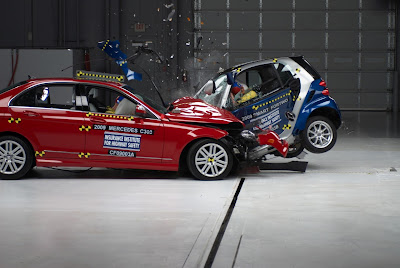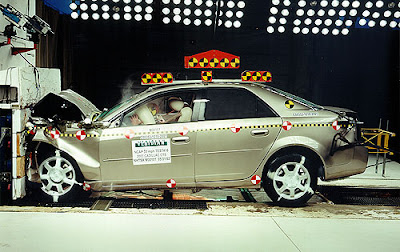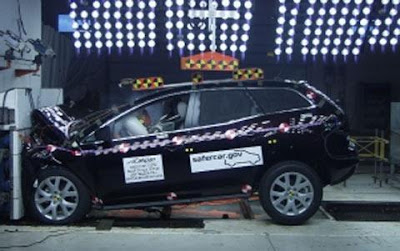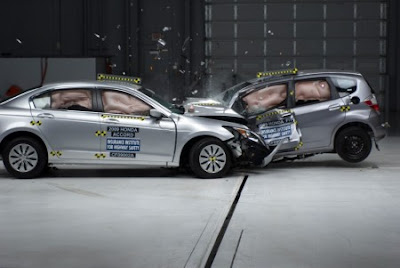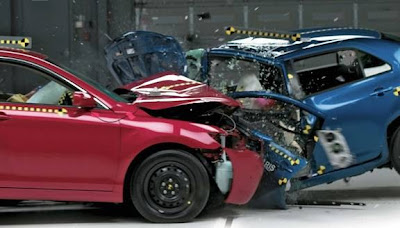For anyone that puts auto safety as a priority when it comes to purchasing new cars and trucks should understand that certain models perform differently in a crash. Learning what the new auto safety information is will benefit each and every person seeking to purchase a safe vehicle. New vehicles are safer than vehicles in the past, however; their crash worthiness varies by individual models even in the same vehicle class.
Two different sources perform auto safety tests in the US one is nonprofit trade groups and the other is government agencies. All new cars and trucks in the US must meet and pass Federal Motor Vehicle Safety Standards. The form includes that new vehicles must, meet a standard of 30-mph frontal and 33.5-mph side-impact compliance crash tests however, the safety of these vehicles above this standard varies. One thing you must understand is that the results for all models cannot be compared.
Unit-to-unit comparisons of frontal crash-test ratings are valid only within a vehicle class or between models of comparable weight within 250 pounds class. These tests will show how a car would stack up in a collision with another car of the same model and not compared with a larger or smaller vehicle or a lower or higher riding vehicle. Studies have shows that a heavier vehicle will protect its passengers better than a lighter one if all the factors tested were equal, however, they never are. Because of this, a large vehicle a Poor rating is not necessarily safer than a small vehicle with a Good rating.
You do need to understand that agencies test differently, as the Insurance Institute for Highway Safety conducts a frontal-offset crash into a deformable barrier that reacts like another vehicle. This type of test gauges how only half of the vehicle's front end absorbs crash energy.
The NHTSA testers perform head on car crashes with firm solid objects, the results will never show the real outcome of a collision, as most crashes do not head a solid object head on. Anther test they perform include chance-of-injury stat's based on trauma to the test dummies' torsos, not their heads. In reality, a passenger's head is more susceptible to injury in a side impact and head injuries are more serious and many times fatal.
As you are shopping for your new car, the information of these tests may not be available yet because it is still pending or the vehicle may not be eligible. The majority of the times, convertibles are not normally tested for this very reason. Results for new or recently re-engineered models are likely to appear months after the vehicle goes on sale because both agencies purchase their test subjects from dealerships, just as consumers do. NHTSA tends to note if a vehicle is TBT (to be tested) or if results are pending or under review; IIHS gives no clue as to future reports.

